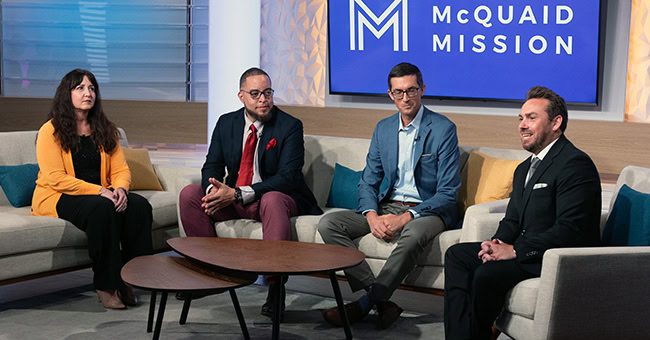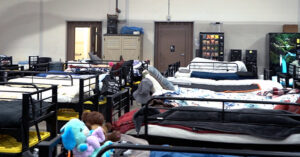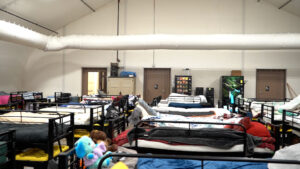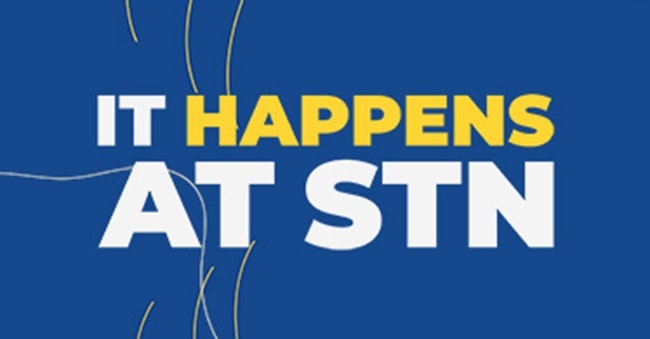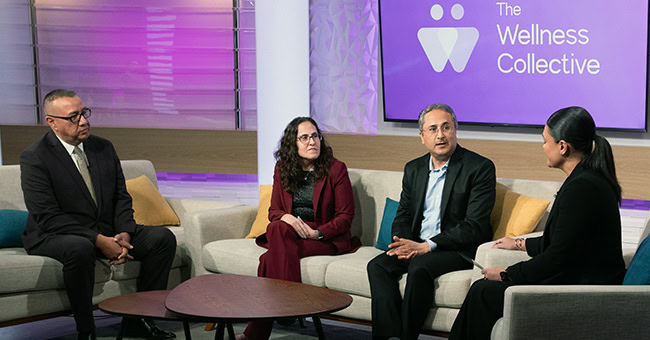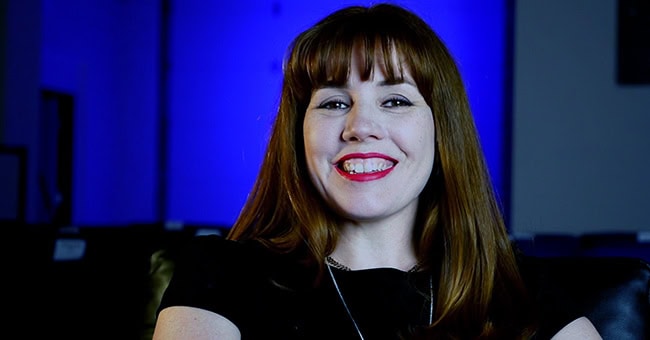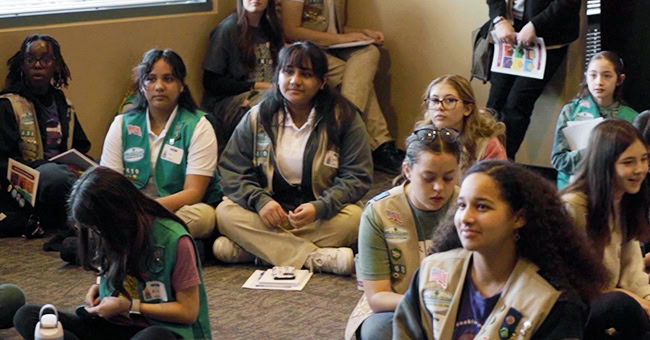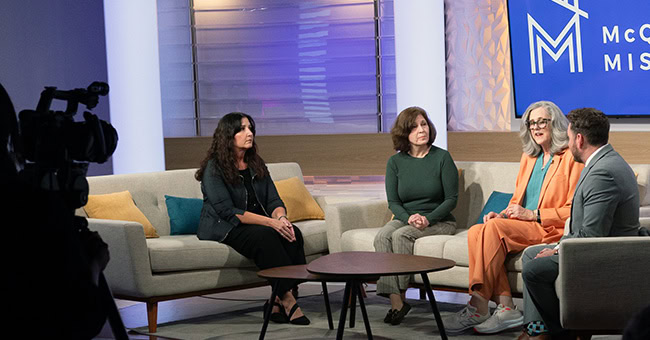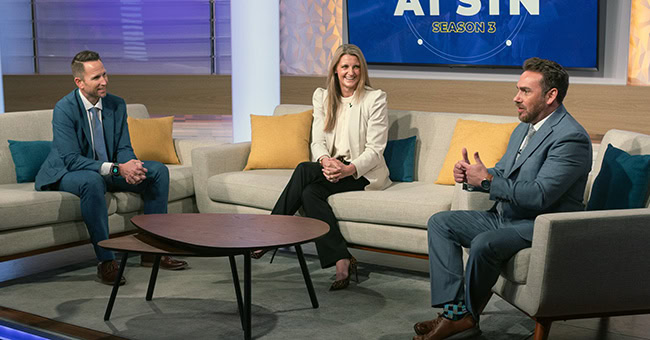PHOENIX (STN) – For every 18 people who enter homelessness, 10 will exit. Based on the most recent numbers from the Maricopa County Point in Time Count, it is irrefutable that the homeless population is growing. This means the systems put in place to provide assistance and services to those experiencing homelessness are strained.
During the season three premiere of ‘It Happens at STN,’ Brian Gruters, regional homelessness program manager for the Maricopa Association of Governments (MAG), joined Keys to Change CEO Amy Schwabenlender and Director of Programs Richard Crews for a ‘McQuaid Mission’ panel discussion focused on using data to drive better decision-making.
“We’re on the ground serving over a thousand people every single day,” Schwabenlender explained. “How do we take that data, the experience we have in working with people, and change how we respond to homelessness? How are we more proactive in having enough housing for everyone who wants to live in Maricopa County?”
Watch the McQuaid Mission Action Panel:
Schwabenlender believes a big part of solving the homeless crisis is keeping vulnerable populations in their homes. That, in turn, should lessen the strain on resources and shorten the stay in shelters for those who do become homeless.
“[If] we have a truly functional crisis response system [and] someone loses their housing, their episode of homelessness is brief and non-recurring,” she said.
However, getting to a functional crisis response system requires coordination among several organizations and government entities. That is something Gruters and the team at MAG are trying to facilitate by using data to determine how funds should be distributed.

“We can’t talk about working together, ending homelessness, if we’re going to continue to stay in silos.”
- Richard Crews / Director of Programs, Keys to Change
“We get lots of data,” Gruters said. “There is good data in the region. The trick is to figure out what to do with it. We look at what all that can tell us to figure out who needs what types of services and how we identify and serve the people who need it most.”
Building on the idea of a more coordinated response, Crews reminded the audience how necessary it is for each organization to play a specific role and remember they are all trying to achieve the same goal.
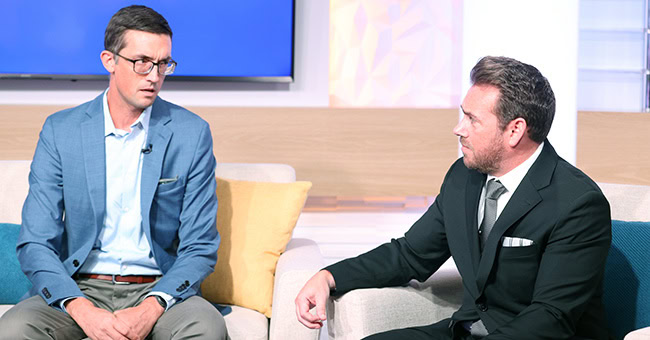
“What I want to see happen is that we are in this space where everybody brings their puzzle piece and together we create what this picture looks like,” Crews said. “So often people come to the table thinking that they know what the solution is. But we are in a space right now where what we’ve always done isn’t even going to get what we’ve always had.
“It’s not about competition. We can’t talk about working together, ending homelessness, if we’re going to continue to stay in silos, [if] we’re going to continue to compete.”
Schwabenlender said it is critical that housing be considered a human right, not a commodity, and encouraged everyone to approach it that way.
“How do we talk about housing as a human right,” she asked. “Figure out how to bring all of the sectors together to create the foundation that lasts, so we have enough affordable, accessible, supportive housing.”


